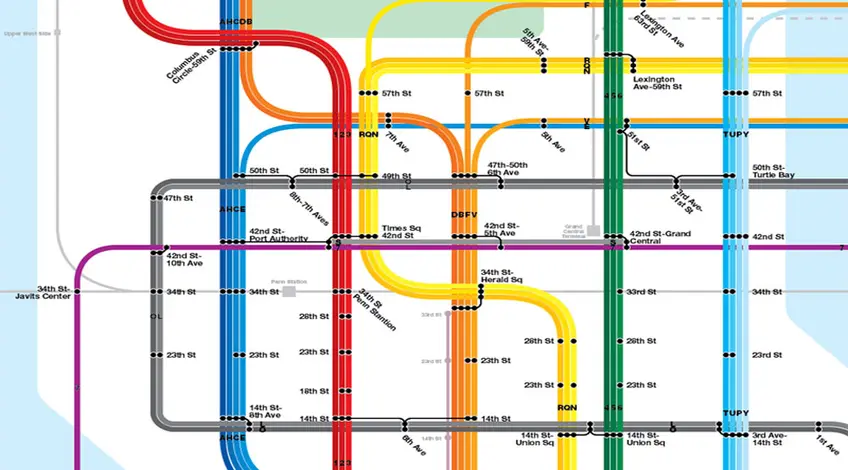 A MTA map illustrating the new line in sky blue
A MTA map illustrating the new line in sky blue
Ah, the Second Avenue Subway. It’s been the topic of discussion for over 96 years (yes, the line has been in the works since 1920) and it is finally nearing completion despite reports of delays due to last minute design changes and absentee workers. But the question is, will the Second Avenue subway revitalize the Upper East Side?
Wednesday Martin, the author of the eye-opening, amusing and often shocking anthropological memoir of life on the Upper East Side, Primates of Park Avenue, says, “What a lot of people who don't live here don't know, and what many of us who do live here know, is that there is not one Upper East Side. There are at least two. The Upper East Side west of Lexington has pretty much always been and remains expensive, fancy, and established. It is the eastern UES or FEUES (Far East Upper East Side; or Yorkville) that has undergone so many demographic shifts—from slum to chic to post college kids to young families. The Second Avenue subway will bring another shift.”
Wednesday Martin, the author of the eye-opening, amusing and often shocking anthropological memoir of life on the Upper East Side, Primates of Park Avenue, says, “What a lot of people who don't live here don't know, and what many of us who do live here know, is that there is not one Upper East Side. There are at least two. The Upper East Side west of Lexington has pretty much always been and remains expensive, fancy, and established. It is the eastern UES or FEUES (Far East Upper East Side; or Yorkville) that has undergone so many demographic shifts—from slum to chic to post college kids to young families. The Second Avenue subway will bring another shift.”
“What a lot of people who don't live here don't know, and what many of us who do live here know, is that there is not one Upper East Side. There are at least two."
According to City Realty data, there are nine residential projects in development on the Upper East Side (UES) with 517 total units either on or soon to be on the market. The units range in size and price, from high-end, luxury, full-floor $20 million units at The Charles to more “accessible luxury” like the $740,000 studios at 389 East 89th Street.
The new UES buildings and conversions offer high quality products with a lot of amenities that extend well beyond the typical fitness centers and children’s playrooms, and span offerings like The Kent’s Lenny Kravitz-designed sound studio and an indoor pool.
These new developments are in direct comparison to the stuffier, older building stock west of Lexington with co-op boards and “the 8.5 foot ceilings of 5th Avenue,” comments Frances Katzen, a broker with Douglas Elliman.
J.P. Forbes, the Director of Sales at Extell's The Kent, located at 200 East 95th Street, between 2nd and 3rd avenues, not only works on the Upper East Side but he lives there as well. “The Upper East Side has been a construction zone for 10 years. We’re finally going to get our neighborhood back.”
Forbes continued, “With the development, comes more commerce, better restaurants and, in turn, overall better living. The Second Avenue Subway is filling a void. For years, people that live on Upper East Side only had the choice of the 4, 5, or 6 lines [which in Manhattan constitutes just one line]. The 4, 5, 6 are beyond crowded. Now there’s a choice. According to the MTA, the trip from 96th Street to Times Square will take around 13 minutes.”
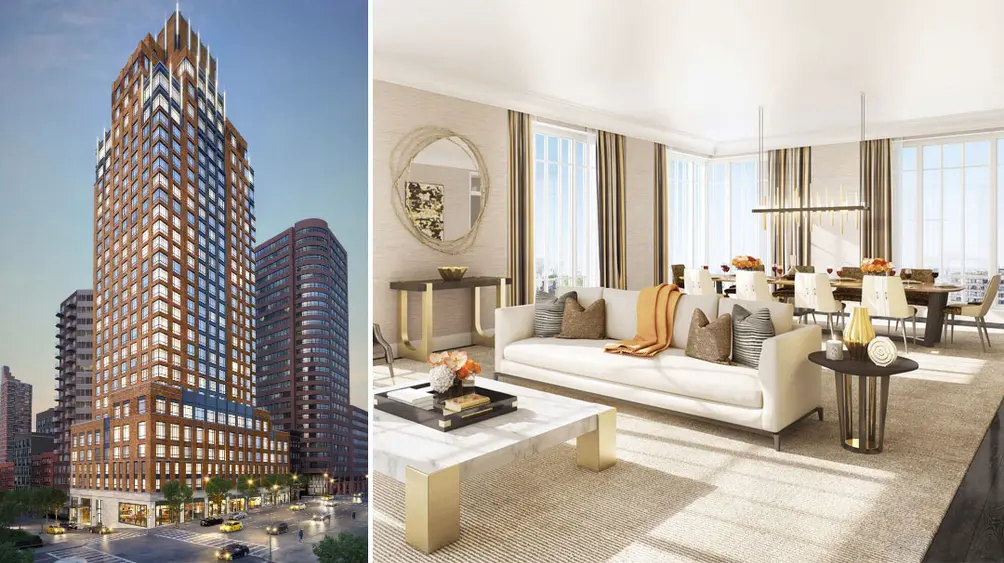 Images courtesy of The Kent
Images courtesy of The Kent
The Kent’s website highlights the new subway lines as it boasts, “The Kent is located midpoint between Carl Schurz Park and Central Park, with immediate access to the new Second Avenue Subway, and easy proximity to the FDR Drive.”
Forbes commented, “We built the building for the neighborhood. We have amazing amenities to service not only families but people who are downsizing and want to be in this neighborhood.”
The Kent has amenities for all ages. For the youngest they have a pool and “Camp Kent,” a super-decked out playroom with a treehouse; for the tweens they have the “Sound Lounge,” which offers a performance space, stage, dance floor, and multiple gaming centers; and for adults there is a garden salon and drawing room for entertaining, and, of course, a fitness center.
Forbes commented, “We built the building for the neighborhood. We have amazing amenities to service not only families but people who are downsizing and want to be in this neighborhood.”
The Kent has amenities for all ages. For the youngest they have a pool and “Camp Kent,” a super-decked out playroom with a treehouse; for the tweens they have the “Sound Lounge,” which offers a performance space, stage, dance floor, and multiple gaming centers; and for adults there is a garden salon and drawing room for entertaining, and, of course, a fitness center.
Frances Katzen, who represents The Charles, a new residential building located at 1355 First Avenue, between 72nd and 73rd streets, said, “The Upper East Side is no longer the end of the earth or a lesser product. It’s no longer necessary to have car. It’s no longer the equivalent of the bastard stepchild.”
“The Upper East Side is no longer the end of the earth or a lesser product. It’s no longer necessary to have car. It’s no longer the equivalent of the bastard stepchild.”
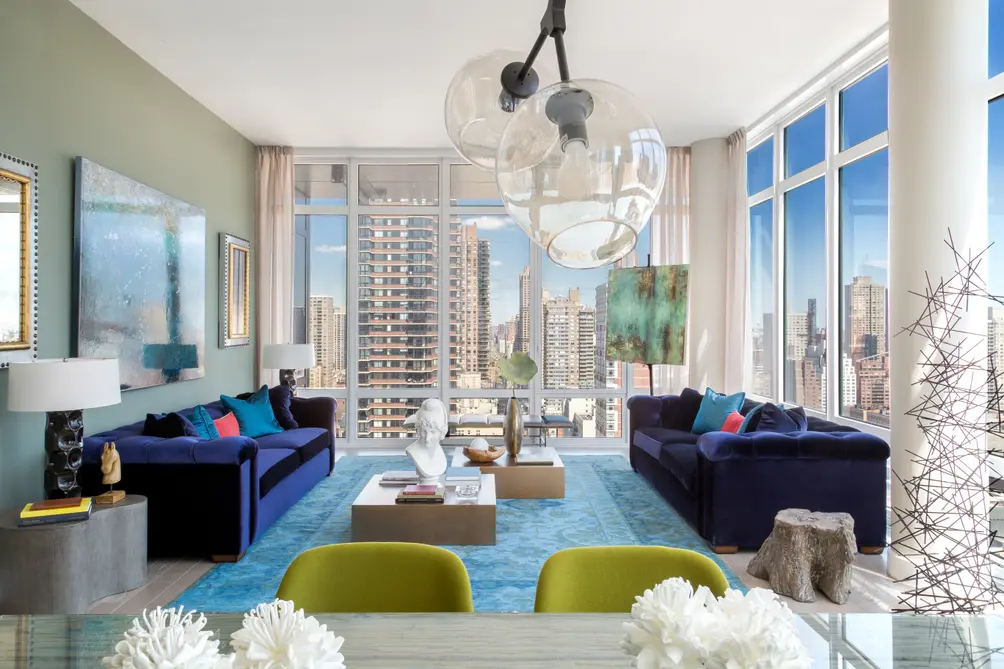 The Charles. Photos courtesy of Frances Katzen
The Charles. Photos courtesy of Frances Katzen
Katzen represents a 20th floor, $8.15 million, full floor, four-bedroom, four-bath residence with over 3,100 square feet of living space designed by the late David Collins. Each of The Charles' residences features an exclusive elevator foyer, floor-to-ceiling windows and doors, and white oak flooring.
Katzen says the target audience for The Charles are people who “want a good product, good skyline and water views, big spaces, and don’t want to go through co-op process.”
She claims the far UES is now the place for “wealthy, sophisticated buyers who want an easy commute for their children's school and recognize the gentrification of the neighborhood.”
Katzen says the target audience for The Charles are people who “want a good product, good skyline and water views, big spaces, and don’t want to go through co-op process.”
She claims the far UES is now the place for “wealthy, sophisticated buyers who want an easy commute for their children's school and recognize the gentrification of the neighborhood.”
In terms of gentrification, Wednesday Martin commented, “The UES became so undesirable, in fact, that young people realized it was cheaper than Williamsburg in the last decade. It became a place to rent and buy because it was inexpensive relative to downtown and even Brooklyn.”
But now, instead of locals coming to find a bargain, UES brokers and developers agree that a large number of the buyers of these new developments are local New Yorkers coming because of the attractiveness of the area now that it will be more connected to the rest of the city.
Although foreign buyers are interested in the UES, comments Shannon Boudreau, Sales Manager at Corcoran Sunshine Marketing Group and of 389 East 89th Street, “We are seeing a lot of New Yorkers from various neighborhoods, people who potentially wouldn't have considered the Upper East Side before. We are an established neighborhood and the subway is making it more accessible. We are seeing local buyers who work and live here and want to be here. "
But now, instead of locals coming to find a bargain, UES brokers and developers agree that a large number of the buyers of these new developments are local New Yorkers coming because of the attractiveness of the area now that it will be more connected to the rest of the city.
Although foreign buyers are interested in the UES, comments Shannon Boudreau, Sales Manager at Corcoran Sunshine Marketing Group and of 389 East 89th Street, “We are seeing a lot of New Yorkers from various neighborhoods, people who potentially wouldn't have considered the Upper East Side before. We are an established neighborhood and the subway is making it more accessible. We are seeing local buyers who work and live here and want to be here. "
We are seeing local buyers who work and live here and want to be here.
Not only is the UES going to be as, or more, accessible than other parts of the city, but the accessibility together with the existing prestigious educational and cultural institutions in the neighborhood make it extremely desirable.
Franzen said, “We have the best schools in the country.”
Forbes added, “We have seen a lot of people interested in our building whose kids are already in school on the Upper East Side but who live on the Upper West Side.”
Boudreau believes unequivocally that the new subway line has a large influence on the sales of 389 East 89th. She stated, “The Second Avenue Subway is definitely helping us in terms of velocity in sales because it’s going to be a lot more convenient for residents to commute, north, south, east or west.”
Franzen said, “We have the best schools in the country.”
Forbes added, “We have seen a lot of people interested in our building whose kids are already in school on the Upper East Side but who live on the Upper West Side.”
Boudreau believes unequivocally that the new subway line has a large influence on the sales of 389 East 89th. She stated, “The Second Avenue Subway is definitely helping us in terms of velocity in sales because it’s going to be a lot more convenient for residents to commute, north, south, east or west.”
Similarly, Brett Buehrer, Principal at O’Connor Capital Partners, the developer of 200 East 62nd Street said, “Clearly, as I talk to people who have bought apartments, they love the fact that the building is well served by transportation.”
Buehrer also added, “I think people are excited to see the subway stops and see the actual construction of the entrances. They have a nice modern appearance and look different older more traditional stops.”
Buehrer also added, “I think people are excited to see the subway stops and see the actual construction of the entrances. They have a nice modern appearance and look different older more traditional stops.”
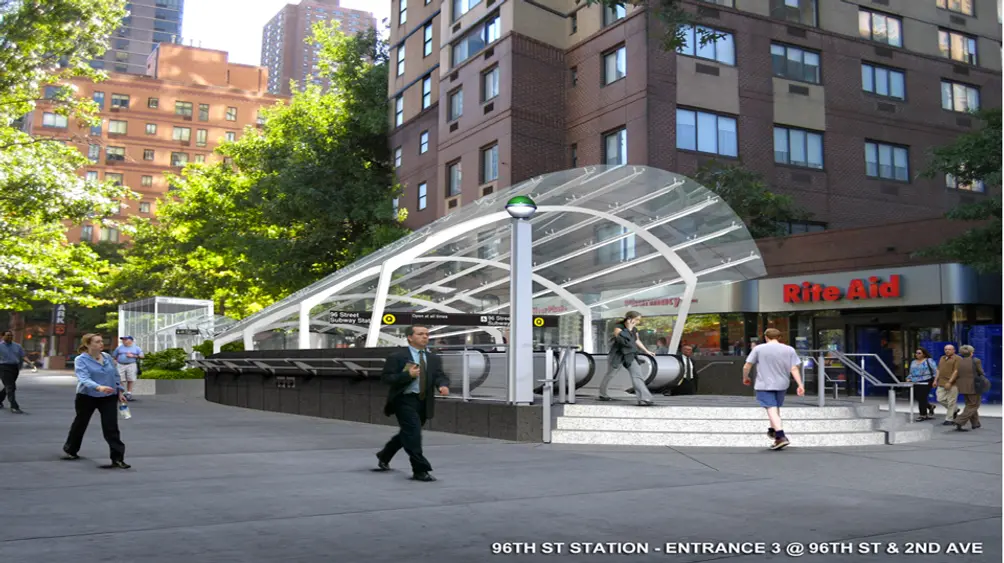 Image courtesy of the MTA NYC
Image courtesy of the MTA NYC
After years of construction, Second Avenue will soon be pieced back together with more (both in terms of quality and quantity) residential, commercial, and transportation options. Martin believes, “Ultimately it will become more of a solid family neighborhood, but it may take a while for it to solidify that identity.”
Perhaps Ms. Martin will write another book in the near future, The Sexiness of Second Avenue?
Perhaps Ms. Martin will write another book in the near future, The Sexiness of Second Avenue?
A sampling of new development units for sale on the Upper East Side:
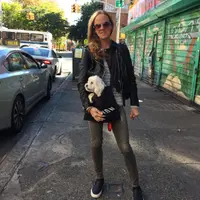
Contributing Writer
Michelle Sinclair Colman
Michelle writes children's books and also writes articles about architecture, design and real estate. Those two passions came together in Michelle's first children's book, "Urban Babies Wear Black." Michelle has a Master's degree in Sociology from the University of Minnesota and a Master's degree in the Cities Program from the London School of Economics.

 6sqft delivers the latest on real estate, architecture, and design, straight from New York City.
6sqft delivers the latest on real estate, architecture, and design, straight from New York City.
